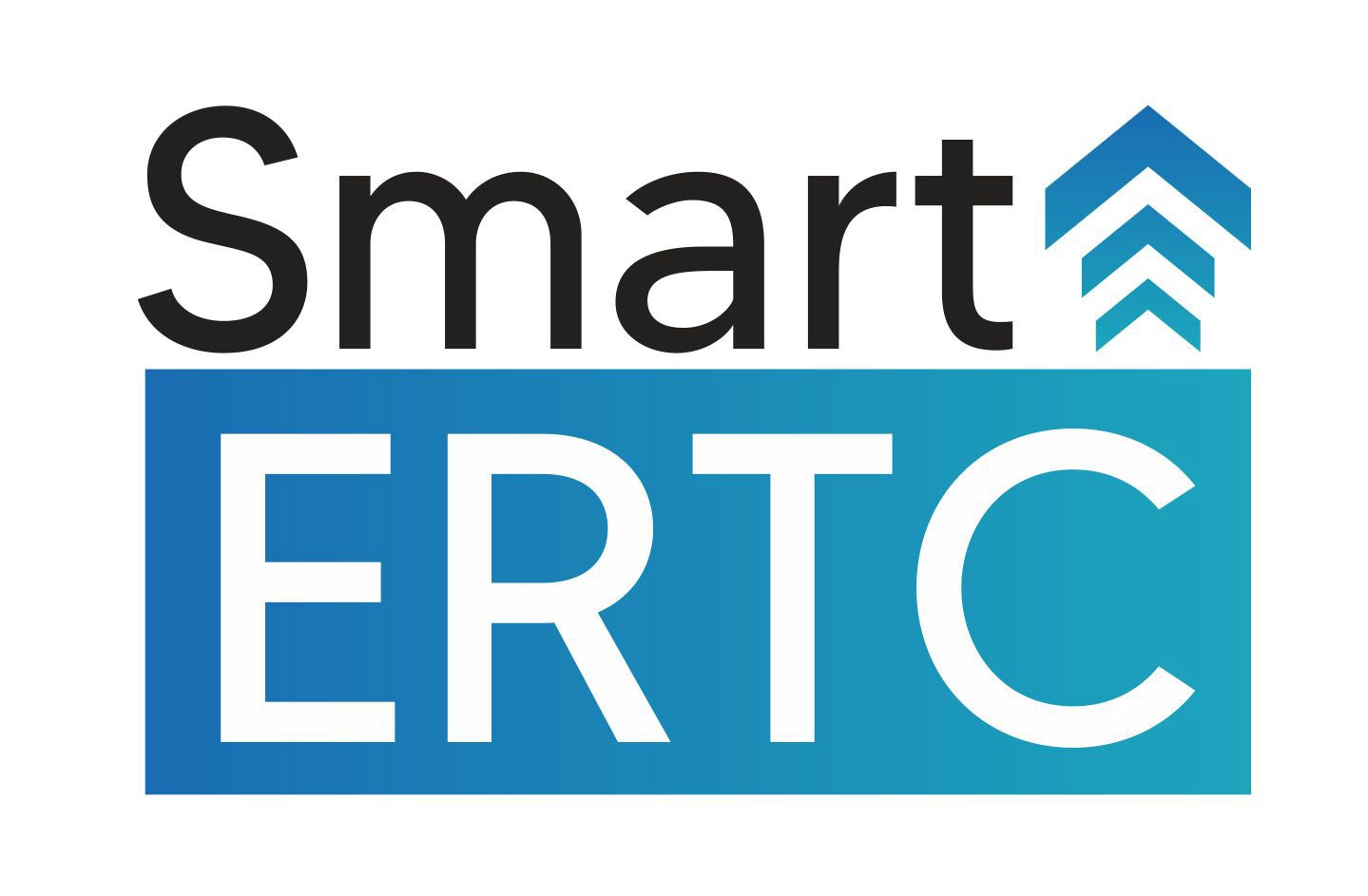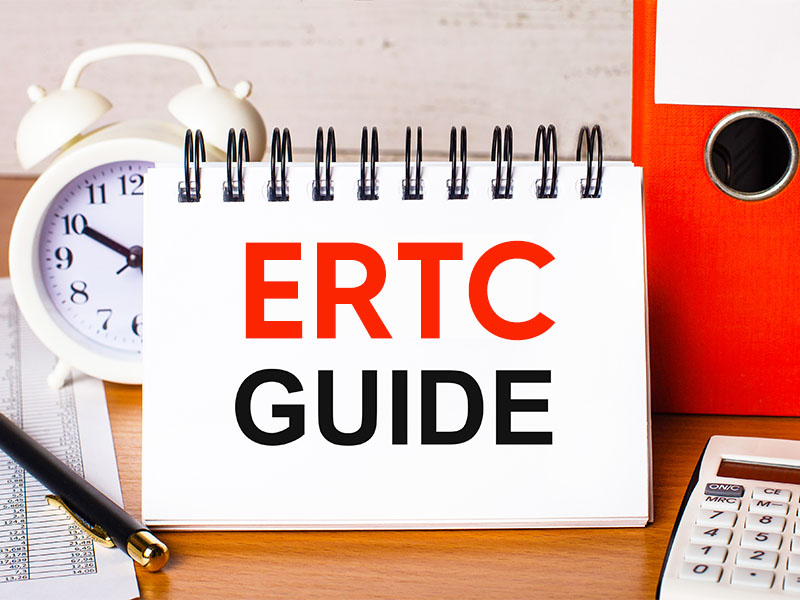Welcome to our comprehensive guide on the Employee Retention Tax Credit (ERTC)! As experts in the field, we have put together everything you need to know about this valuable tax credit. Whether you are an employer looking to take advantage of the ERTC, or an employee curious about how it works, this article will provide all the information you need.
What is ERTC?
The ERTC was introduced as part of the Coronavirus Aid, Relief, and Economic Security (CARES) Act in March 2020, and was later expanded by the Consolidated Appropriations Act in December 2020. Its purpose is to incentivize employers who retained W2 employees on the payroll during the COVID-19 pandemic. The credit is available to eligible employers who were significantly impacted by COVID-19 and experienced a decline in gross receipts and/or were subject to a full or partial shutdown of operations due to government orders. Eligible employers can claim a credit of 50% of qualified 2020 wages, up to a maximum credit of $5,000 per employee in 2020, and 70% of qualified 2021 wages, up to a maximum credit of $7,000 per employee, per 2021 quarter.
Eligibility for ERTC
To be eligible for the ERTC, an employer must meet certain criteria. The first way an employer can qualify is if the employer experienced a significant decline in gross receipts, defined as a decline of 50% or more in gross receipts for a calendar quarter in 2020 compared to the same quarter in 2019 or a decline of 20% or more in gross receipts for a calendar quarter 2021 compared to the same quarter in 2019. Even if an employer did not suffer a significant decline in gross receipts, the employer may qualify if they were subject to a full or partial shutdown of operations due to a government order related to COVID-19, including, but not limited to, social distancing restrictions, reduced hours of operation, capacity limitations.
Qualified Wages for ERTC
The ERTC is based on qualified wages paid to employees. The credit is equal to 50% of qualified 2020 wages, up to a maximum credit of $5,000 per employee in 2020, and 70% of qualified 2021 wages paid to each employee, up to a maximum credit of $7,000 per employee, per 2021 quarter. Qualified wages depend on the size of the employer and are based on the employer’s total number of full-time employees in 2019.
Claiming the ERTC
Employers can claim the ERTC by filing a Form 941X, Employer's Amended Quarterly Federal Tax Return. The credit can be taken against the employer's share of Social Security taxes, or the employer can request an advance payment of the credit by filing Form 7200, Advance Payment of Employer Credits Due to COVID-19. It is important to note that employers may still claim ERTC even if they took Paycheck Protection Program (PPP) loan(s), but may not claim ERTC for wages paid for with forgiven PPP loan proceeds.
Conclusion
In conclusion, the Employee Retention Tax Credit is a valuable resource for eligible employers who struggled to keep their employees on payroll during the COVID-19 pandemic.
At SmartERTC, we are committed to helping our clients navigate the complex world of tax credits and incentives. If you are an eligible employer, we strongly encourage you to take advantage of this credit.
If you have any questions about ERTC or any other tax credit, please do not hesitate to contact us. We are here to help.


